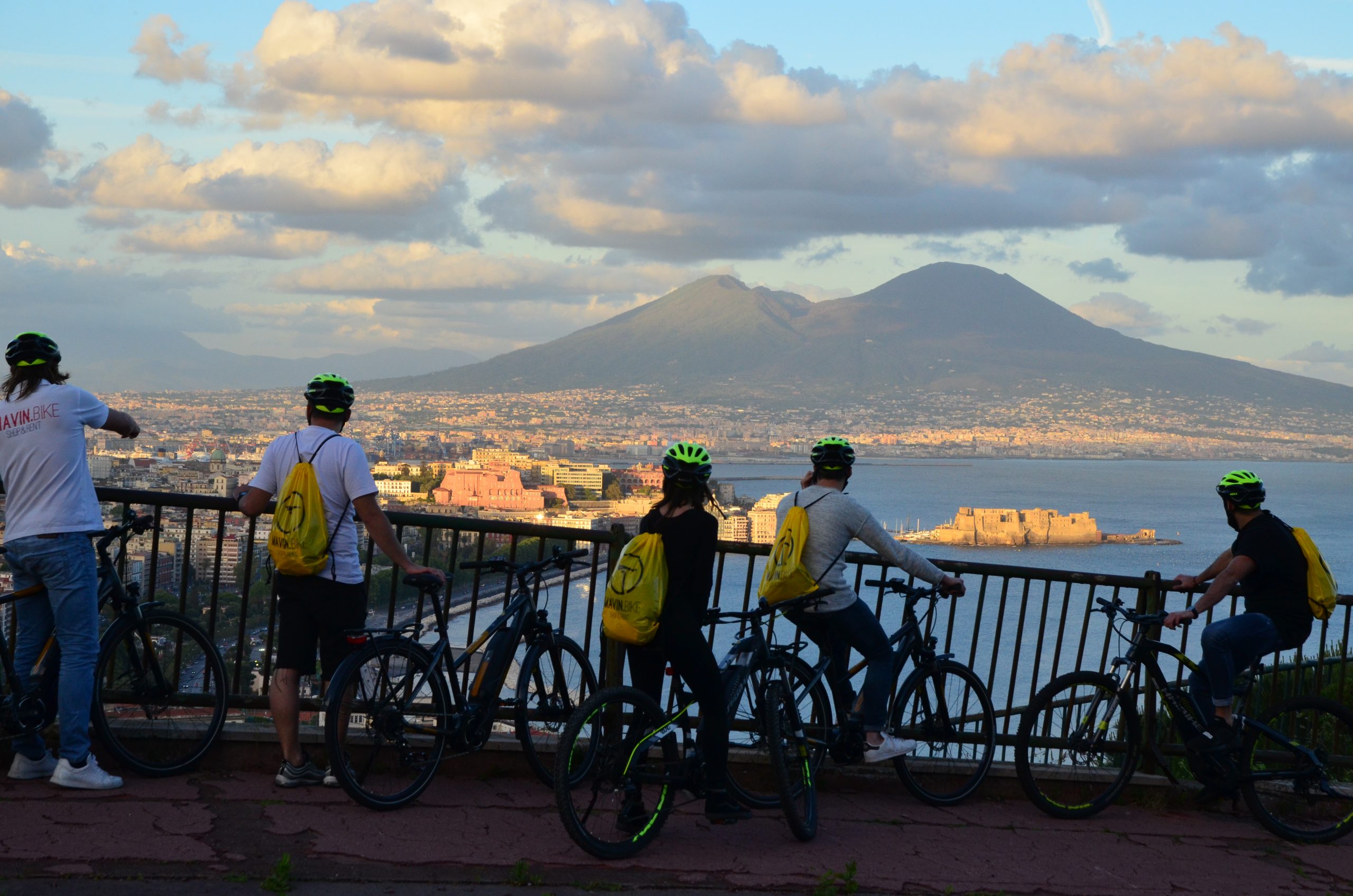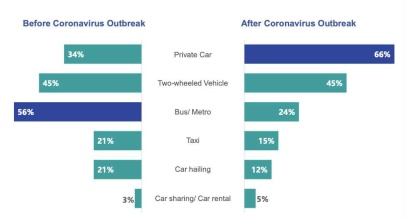
After more than forty days since the national lockdown, the number of infections finally instills a cautious optimism and the need to reopen and restart the country emerges from several fronts. Despite the recent announcement by Prime Minister Conte, it is still not clear how it will be possible to face Phase 2, the only certainty is that we will slowly return.
But what about transportation?
To understand what the future scenarios are going to be like, it is enough to observe where the problem has already been tackled, and in this case, China. Analyzing the Ipsos data of mobility in the Wuhan region before and after the corona virus, it is clear that there has been a collapse in the use of public transport.This is not only due to the fear of crowded places, but also because of the need to limit access to public transport to guarantee the necessary safety distances. A similar scenario, or even worse, is what awaits us here in Italy, the country with the highest motorization rate in Europe (750 cars per 1,000 inhabitants), where public transport, in some municipalities, is already insufficient to meet the demand in times of peace. With these assumptions we can easily imagine the chaos that will occur if clear and precise measures are not taken for urban mobility.

And here comes our beloved two-wheeled vehicle: the bicycle.
While waiting to understand, in fact, how mobility on public transport will be organized, we can affirm, without the sin of presumption, that that the bicycle is the safest means of urban transport in the time of the corona virus. In fact, by bike we can easily respect the safety distances and it is undoubtedly better than the underground and buses.
Considering that 60% of daily journeys in Italy do not exceed five kilometers and 40% are even less than two kilometers, the bicycle can certainly be an alternative means of locomotion to decongest public transport. This is true even for hilly cities whose orographic conformation has slowed the spread of the bicycle as a means for daily movement.
Thanks to modern e-bikes, even in hilly cities like Naples it is possible to overcome differences in elevation of two hundred meters without any effort and in complete comfort.
(for bike rental and purchase click hereclick here)
Even the less sporty can change their minds!
Social distancing, however, is not the only point in favor of the bike: in fact, the benefits for your health and the immune system are undeniable: “The lungs of those who ride are more robust, better ventilated and able to better withstand any “stress” from disease,”comments the coach of the National Cycling TeamDavide Cassani.
Choosing the use of bicycles to cars and scooters also contributes to the reduction of pollution emissions into the air, which, as recent studies confirm, are vehicles for the spread of the coronavirus. Professor De Gennaro of the University of Bari, in fact, calls for caution: “in so-called Phase 2, it is necessary to take into account the need to keep emissions of particulates low so as not to risk favoring the potential spread of the viruss”.
In Europe many countries are promoting sustainable mobility
From Denmark to Switzerland there is a succession of appeals to encourage the increase in the use of bikes. In Italy we must not be outdone. This epidemic offers us, tragically,the great opportunity to rethink our production models and our habits. We must all strive to ensure that the sacrifices made so far are not in vain.
Enrico Mango
Mavin Bike
Translation Ashley Cox
Here are the testimonials of people who have chosen the bicycle as the means for their daily transport. (video recorded before the Dpcm 8 March 2020)
Fonti: Sole24ore, Bikeitalia
